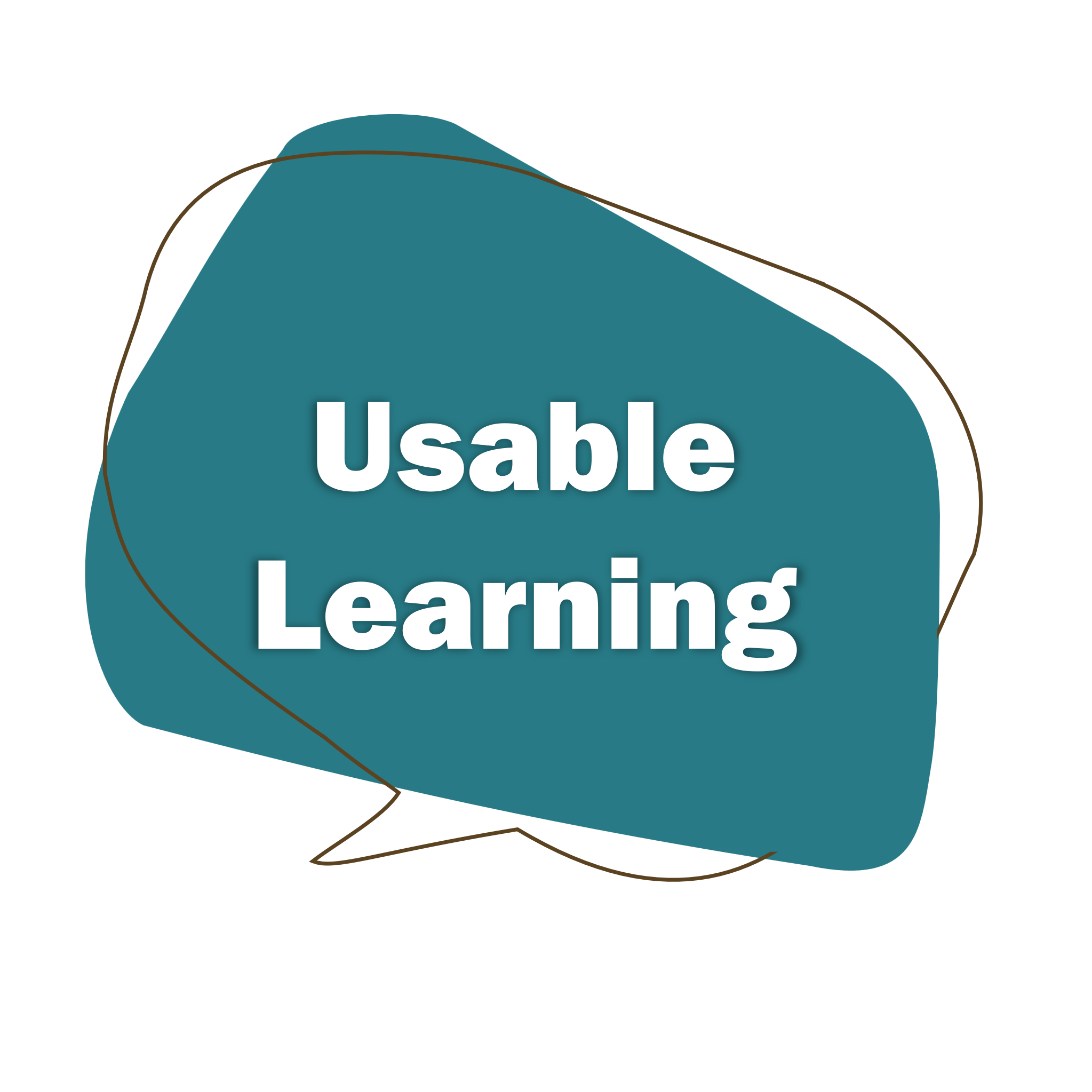So, last week I did a keynote at the Humana Learning Consortium conference, which is a great little internal conference for Humana’s learning and development folks, and I thoroughly enjoyed my experience there.
The topic I spoke on was Design for Behavior Change, which is something I’m pretty passionate about. While I was presenting, the delightful Kelly Young, one of the organizers, tweeted this:
I’m quoting her tweet because I like her summation of what I was saying better than the words I actually used.
“when (lack of) knowledge is not the problem, more information is not the answer”
I think this is going to be really, really, really important for learning and development folks, and I’ll tell you why.
Last weekend, I was having a conversation with the wicked-smaht Elliot Felix about the design of libraries and museums. He was telling me that museums are waking up to what libraries have already started to figure out — they aren’t in the information supply business any more. There’s more information available online than anybody knows what to do with. Libraries and museums need to be about services and experiences if they expect to stay relevant.
Learning and development folks who are currently in the information presentation business are going to have the same problem. When everyone is walking around with smart phones in their pockets (which is pretty much now), then who really needs information purveyors? (btw — it’s this mistaken view of the job of learning professionals that leads to the messed up idea that Khan Academy can replace good teachers).
So I think that information-deliverers are going to need to add to their skill set pretty quickly, or they’ll find themselves obsolete. I think we need to think of ourselves as business consultants, experience designers and change facilitators (which means we need to be learning about what the business, UX and change management folks do). This goes back to some of conversations I’ve been having with Reuben Tozman, and I’ll have lots more to say on this in future posts.
Anyway, the topic I was speaking on was Design for Behavior Change (which I hit on in Chapter 8 of the book). Here are the slides from the talk:


You know I love this right?
I take up this argument in the book I’m writing as well. Its not that we don’t know what a nice web page looks like (well some of us do anyways), its that it doesn’t matter anymore because the paradigm we’re working in is changing around us and we’re trying to bend our skills and our tools to meet that change, but we will fail. We need to rethink the services we provide which you have very eloquently stated.
Excellent post. I think the challenge is helping people to harness the fire hose I think a large percentage of professionals do not take advantage of it.
Hi Julie
Love your post and presentation. I went to a conference recently for museum professionals and digital creatives over here – and the contrast between the two worlds was fascinating. We watched an augmented reality film the heritage professionals had commissioned – unfortunately the narration was 3rd person, ‘this will be good for you, kids’ kind of tone. It was difficult to see its appeal to regular players of ‘Call of Duty: Black Ops’, say…
But what struck me in a resounding way was that both jobs are about interpretation ( and that word is used a lot in heritage) …and human interest, how our feelings and fantasies engage with material.
And more and more it seems online communities thrive where there is a live element involved. Heritage people have the facilities and venues – we online creatives may be able to engage more people and with greater immediacy…
Great opportunity for collaboration maybe?
Thanks for your post Julie. It’s certainly food for thought. As instructional designers, the easy bits are to design around information (as it’s a given), the challenge is designing how to use this information and create applications for people to apply this information in their own work context and create a long term behaviour change.
Hi Julie-
Thank you so much for presenting at our conference! I know my brain exploded somewhat when I was listening to you talk. But more than that, I think you really challenged us to change up our approach to training. For so long, it’s been an information dump, especially for Just in Time delivery, and it’s often a struggle to think outside the box. So thank you for the refresher and the challenge!
I’m designing some math lessons and I’m stealing your analogies wildly (the brain as a closet is a wonderful metaphor for explaining the dubiosity of practicing random procedures – and then wondering why on earth students don’t know when to use them). Keep postin’ 😉
Is there any way to watch students’ behavior in using e-learning? My research is talking about the using of LMS in teaching Translation… What do you think about that?